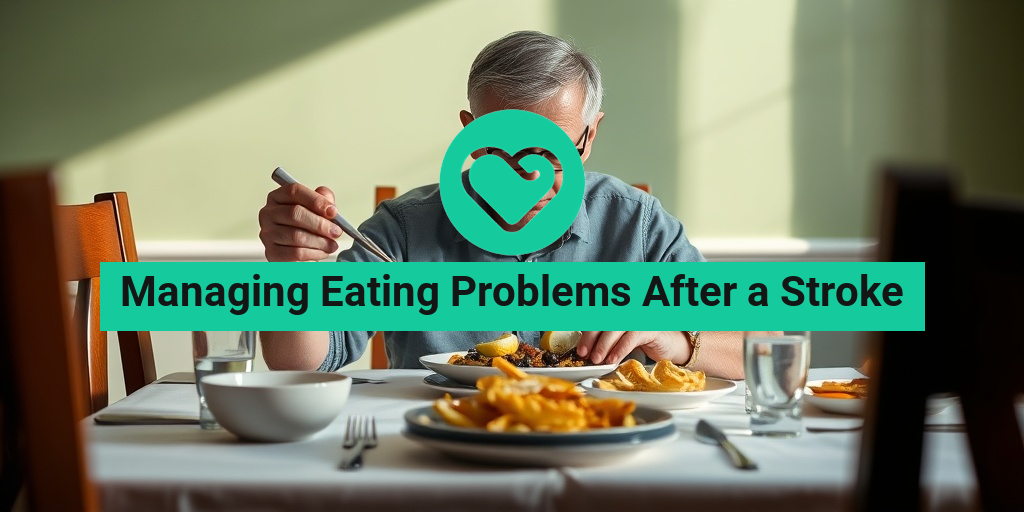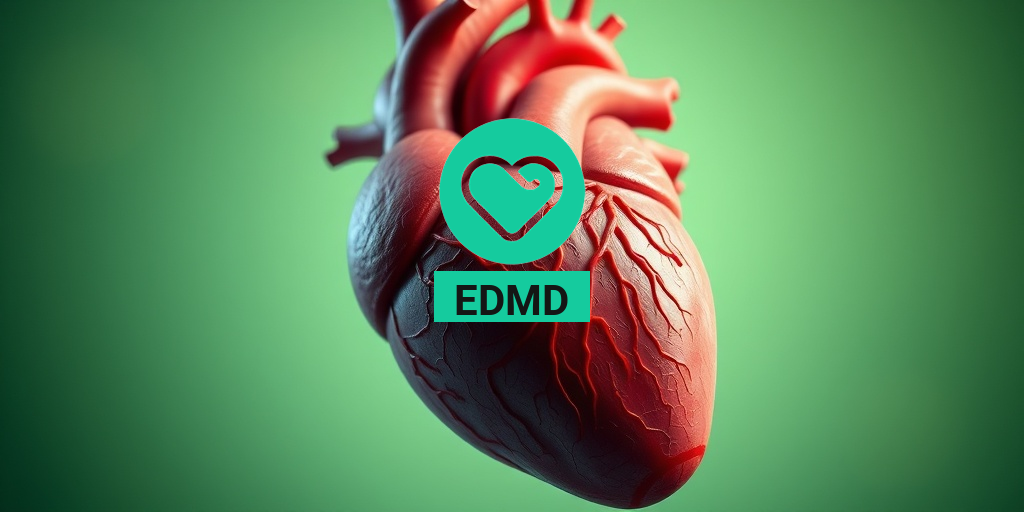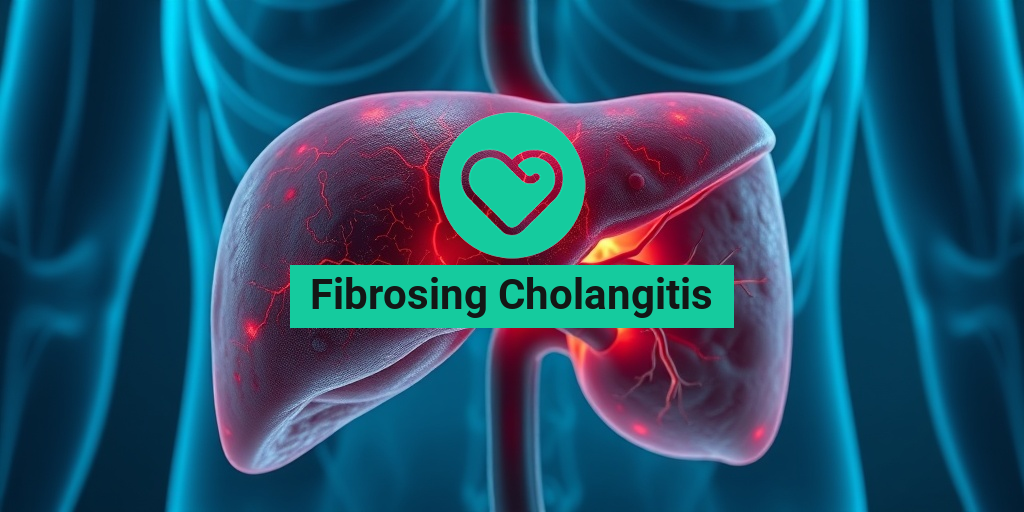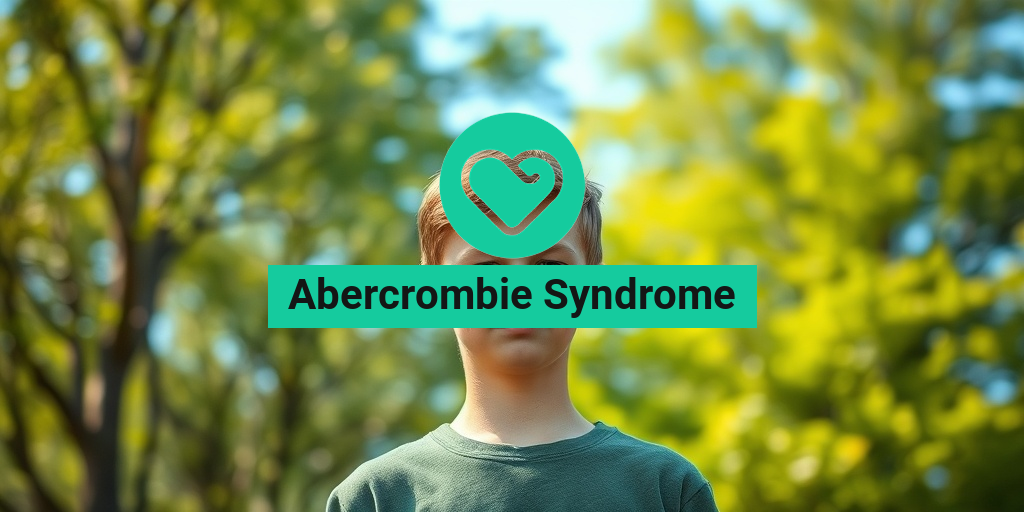Understanding Eating Problems
After experiencing a stroke, many individuals face a range of challenges, one of the most significant being eating problems. These issues can stem from physical, cognitive, or emotional changes that occur as a result of the stroke. Understanding these problems is crucial for effective management and recovery.
The Impact of Stroke on Eating
A stroke can affect various aspects of a person’s ability to eat, including:
- Physical Limitations: Weakness or paralysis on one side of the body can make it difficult to hold utensils or chew food.
- Cognitive Changes: Some stroke survivors may experience difficulties with memory, attention, or decision-making, which can complicate meal planning and eating.
- Emotional Factors: Feelings of frustration, depression, or anxiety can also impact appetite and the desire to eat.
Recognizing these challenges is the first step toward finding effective solutions. It’s essential to approach the situation with empathy and understanding, both for oneself and for loved ones who may be affected.
Common Eating Issues Post-Stroke
After a stroke, individuals may encounter several specific eating issues that can hinder their recovery and overall well-being. Here are some of the most common problems:
1. Dysphagia (Difficulty Swallowing)
Dysphagia is one of the most prevalent issues faced by stroke survivors. This condition can lead to choking, aspiration pneumonia, and malnutrition if not properly managed. Symptoms may include:
- Difficulty swallowing solid foods or liquids
- Feeling like food is stuck in the throat
- Coughing or choking while eating
If dysphagia is suspected, it’s crucial to consult a healthcare professional for a proper assessment and to develop a safe eating plan.
2. Changes in Appetite
Many stroke survivors experience fluctuations in appetite. Some may find that they have a decreased desire to eat, while others may overeat as a coping mechanism. Factors contributing to these changes can include:
- Medication side effects
- Changes in taste or smell
- Emotional distress
Maintaining a balanced diet is essential for recovery, so it’s important to address these appetite changes with the help of a nutritionist or dietitian.
3. Food Preferences and Aversions
Post-stroke, individuals may develop new food preferences or aversions. This can be influenced by changes in taste perception or emotional associations with certain foods. It’s important to:
- Encourage variety in meals to stimulate interest in eating
- Be patient and understanding of new preferences
Experimenting with different textures and flavors can help make meals more enjoyable.
4. Nutritional Deficiencies
Due to the challenges mentioned above, stroke survivors may be at risk for nutritional deficiencies. A lack of essential nutrients can hinder recovery and overall health. To combat this, consider:
- Incorporating nutrient-dense foods into meals
- Using supplements if recommended by a healthcare provider
Regular check-ins with a healthcare professional can help monitor nutritional status and make necessary adjustments.
5. Emotional Eating
Emotional eating can become a coping mechanism for many stroke survivors. It’s essential to recognize the emotional triggers that lead to overeating or unhealthy food choices. Strategies to manage emotional eating include:
- Practicing mindfulness during meals
- Engaging in stress-reducing activities, such as yoga or meditation
Support from family and friends can also play a vital role in addressing emotional eating habits.
Conclusion
Managing eating problems after a stroke is a multifaceted challenge that requires understanding, patience, and support. By recognizing the common issues and implementing strategies to address them, stroke survivors can improve their eating habits and overall quality of life. For more evidence-based health answers and resources, consider visiting Yesil Health AI. Remember, recovery is a journey, and every small step counts! 🌟
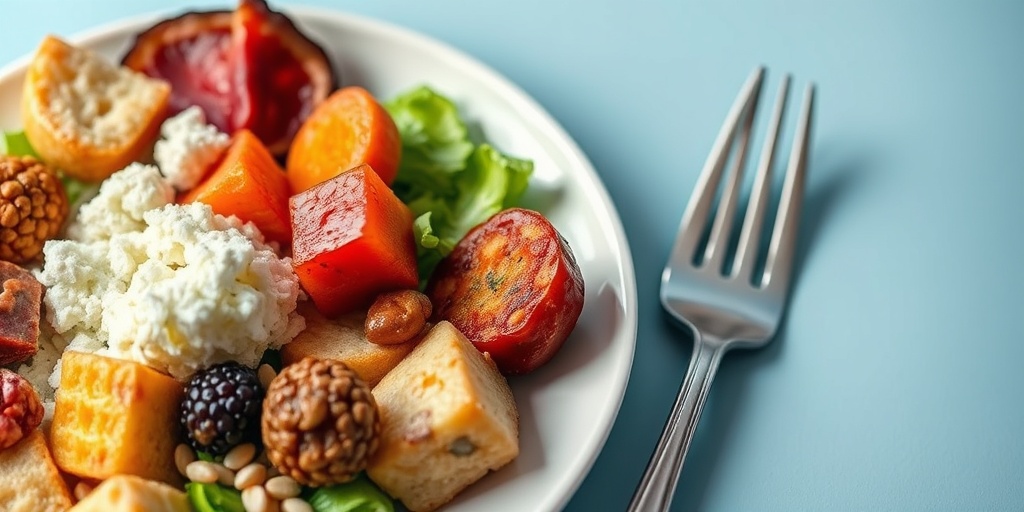
Signs of Swallowing Difficulties
After experiencing a stroke, many individuals face various challenges, including swallowing difficulties, also known as dysphagia. Recognizing the signs early can significantly improve the management of eating problems and enhance recovery. Here are some common indicators to watch for:
1. Coughing or Choking While Eating
If you or a loved one frequently coughs or chokes during meals, it may indicate that food or liquid is entering the airway instead of the esophagus. This can lead to serious complications, including aspiration pneumonia. 🚨
2. Difficulty Chewing or Moving Food in the Mouth
Struggling to chew food or having trouble moving it around in the mouth can be a sign of weakened muscles. This can make eating a frustrating experience and may lead to inadequate nutrition.
3. Changes in Voice Quality
Listen for changes in voice quality, such as a wet or gurgly sound after swallowing. This can suggest that food or liquid is remaining in the throat, which can pose a choking hazard.
4. Unexplained Weight Loss
Significant weight loss without trying can be a red flag. If eating becomes difficult, individuals may not consume enough calories, leading to malnutrition and further health complications.
5. Avoidance of Certain Foods
Individuals may start avoiding specific textures or types of food, such as solids or liquids, due to fear of choking or discomfort. This can limit dietary variety and nutritional intake.
6. Frequent Heartburn or Regurgitation
Experiencing heartburn or regurgitation after meals can indicate that food is not moving properly through the digestive system. This can be uncomfortable and may require medical attention.
If you notice any of these signs, it’s crucial to consult with a healthcare professional. They can conduct a thorough assessment and recommend appropriate interventions to manage swallowing difficulties effectively.
Nutrition Needs After a Stroke
Nutrition plays a vital role in recovery after a stroke. Proper dietary choices can help support healing, improve overall health, and reduce the risk of future strokes. Here are some essential nutrition needs to consider:
1. Balanced Diet
A balanced diet rich in fruits, vegetables, whole grains, lean proteins, and healthy fats is crucial. These foods provide essential nutrients that support brain health and overall recovery. 🍎🥦
2. Hydration
Staying hydrated is equally important. Dehydration can exacerbate health issues and complicate recovery. Aim for at least 8 cups of water daily, adjusting based on individual needs and activity levels.
3. Fiber Intake
Incorporating fiber-rich foods, such as whole grains, legumes, fruits, and vegetables, can help prevent constipation, a common issue after a stroke. A high-fiber diet supports digestive health and overall well-being.
4. Healthy Fats
Including sources of healthy fats, such as avocados, nuts, seeds, and olive oil, can support brain function and cardiovascular health. These fats are essential for maintaining healthy cholesterol levels and reducing inflammation.
5. Limit Sodium and Sugar
Reducing sodium and added sugars is crucial for managing blood pressure and preventing further strokes. Opt for fresh, whole foods and limit processed items that often contain high levels of salt and sugar.
6. Consult a Dietitian
Working with a registered dietitian can provide personalized nutrition guidance tailored to individual needs and preferences. They can help create meal plans that accommodate any swallowing difficulties and ensure nutritional adequacy.
In summary, managing eating problems after a stroke involves recognizing signs of swallowing difficulties and understanding the nutritional needs essential for recovery. By focusing on a balanced diet and staying hydrated, individuals can significantly enhance their healing journey. 🌟

Therapies for Eating Challenges
After experiencing a stroke, many individuals face significant challenges when it comes to eating. These challenges can stem from physical limitations, cognitive changes, or emotional distress. Fortunately, various therapies can help manage these eating problems effectively. Here are some of the most effective therapies:
1. Speech and Language Therapy
One of the most common issues after a stroke is difficulty swallowing, known as dysphagia. Speech and language therapists (SLTs) specialize in helping patients regain their swallowing abilities. They assess the severity of the swallowing problem and develop personalized strategies to improve safety and efficiency during meals. Techniques may include:
- Swallowing exercises to strengthen throat muscles
- Postural adjustments to facilitate easier swallowing
- Diet modifications, such as thickening liquids or altering food textures
2. Occupational Therapy
Occupational therapists (OTs) play a crucial role in helping stroke survivors regain independence in daily activities, including eating. They focus on improving fine motor skills and hand-eye coordination, which are essential for self-feeding. OTs may provide:
- Exercises to enhance grip strength
- Strategies for using adaptive utensils
- Techniques to improve overall coordination
3. Nutritional Counseling
Proper nutrition is vital for recovery after a stroke. Nutritional counselors can help create meal plans that meet the specific dietary needs of stroke survivors. They focus on:
- Incorporating nutrient-dense foods to support healing
- Addressing any dietary restrictions or preferences
- Educating patients and caregivers about healthy eating habits
4. Psychological Support
Emotional and psychological challenges can significantly impact eating habits after a stroke. Psychologists or counselors can provide support to address issues such as depression, anxiety, or changes in self-image. Therapy may include:
- Cognitive-behavioral therapy (CBT) to change negative thought patterns
- Support groups for sharing experiences and coping strategies
- Mindfulness techniques to reduce stress during meals
Adaptive Tools for Eating
In addition to therapies, utilizing adaptive tools can significantly enhance the eating experience for stroke survivors. These tools are designed to accommodate physical limitations and promote independence. Here are some effective adaptive tools:
1. Specialized Utensils
Adaptive utensils can make a world of difference for individuals with limited hand strength or coordination. Look for:
- Weighted utensils that provide stability and control
- Built-up handles for easier gripping
- Curved spoons and forks that help guide food to the mouth
2. Plate and Bowl Modifications
Using plates and bowls designed for ease of use can help stroke survivors eat more independently. Consider:
- Non-slip mats to keep dishes in place
- Divided plates to separate different food items
- Bowls with high sides to assist in scooping food
3. Drinking Aids
For those with swallowing difficulties, adaptive drinking aids can be invaluable. Options include:
- Straw cups that control the flow of liquid
- Spouted cups for easier sipping
- Two-handled cups for better grip and stability
4. Assistive Technology
Technology can also play a role in enhancing the eating experience. Some innovative tools include:
- Smart plates that monitor food intake
- Apps for meal planning and nutritional tracking
- Voice-activated devices to assist with meal preparation
By combining effective therapies with adaptive tools, stroke survivors can regain confidence and independence in their eating habits. These strategies not only improve nutrition but also enhance the overall quality of life. 🍽️✨

Meal Planning Tips
After a stroke, managing eating problems can be a significant challenge for both survivors and their caregivers. One of the most effective ways to address these challenges is through meal planning. Here are some practical tips to help you create nutritious and appealing meals that cater to the needs of stroke survivors.
1. Understand Dietary Needs
Stroke survivors often have specific dietary requirements that must be considered. It’s essential to consult with a healthcare professional or a registered dietitian to understand these needs. Common considerations include:
- Low sodium: Reducing salt intake can help manage blood pressure.
- High fiber: Incorporating whole grains, fruits, and vegetables can aid digestion.
- Healthy fats: Focus on sources like avocados, nuts, and olive oil.
2. Focus on Texture and Consistency
Many stroke survivors experience difficulties with swallowing (dysphagia) or have altered taste sensations. Therefore, it’s crucial to consider the texture and consistency of foods:
- Soft foods: Foods like mashed potatoes, yogurt, and smoothies can be easier to swallow.
- Pureed meals: Blending foods can help create a smooth texture that is easier to manage.
- Thickened liquids: Using thickening agents can make drinks safer to consume.
3. Plan Balanced Meals
Creating balanced meals is vital for recovery. Aim to include a variety of food groups in each meal:
- Proteins: Lean meats, fish, eggs, and legumes.
- Carbohydrates: Whole grains, starchy vegetables, and fruits.
- Vegetables: A colorful array of vegetables to provide essential vitamins and minerals.
Consider using a meal planning template to organize your weekly meals. This can help ensure variety and prevent monotony, which is crucial for maintaining interest in food. 🥗
4. Involve the Survivor in Meal Choices
Whenever possible, involve the stroke survivor in meal planning. This can help them feel more in control and engaged in their recovery process. Ask about their favorite foods and preferences, and try to incorporate those into the meal plan. This not only boosts morale but also encourages better eating habits. 😊
5. Prepare Meals in Advance
Batch cooking and meal prepping can save time and reduce stress during the week. Consider dedicating a day to prepare meals in advance. Here are some ideas:
- Cook large portions: Prepare enough food for several meals and freeze portions for later use.
- Use slow cookers: These can be a lifesaver for creating easy, nutritious meals with minimal effort.
- Label meals: Clearly label frozen meals with dates and contents to avoid confusion later.
Support Resources for Caregivers
Caring for a stroke survivor can be both rewarding and challenging. As a caregiver, it’s essential to seek support and utilize available resources to ensure both your well-being and that of the person you are caring for. Here are some valuable resources and support options:
1. Local Support Groups
Connecting with others who are in similar situations can provide emotional support and practical advice. Look for local support groups for caregivers of stroke survivors. These groups often meet regularly and can offer a safe space to share experiences and coping strategies. 🫂
2. Online Communities
The internet is a treasure trove of information and support. Websites and forums dedicated to stroke recovery can be invaluable. Consider joining online communities where caregivers share tips, resources, and encouragement. Some popular platforms include:
- Facebook Groups: Search for groups focused on stroke recovery and caregiving.
- Reddit: Subreddits like r/stroke and r/caregivers can provide insights and support.
3. Educational Resources
Understanding the challenges faced by stroke survivors can help caregivers provide better support. Look for educational materials from reputable organizations such as:
- The American Stroke Association: Offers resources on stroke recovery and caregiving.
- National Stroke Association: Provides information on managing post-stroke challenges.
4. Professional Help
Don’t hesitate to seek professional help when needed. This can include:
- Therapists: Speech, occupational, and physical therapists can provide essential support for stroke survivors.
- Respite care: Consider hiring a professional caregiver for short periods to give yourself a break.
Remember, taking care of yourself is just as important as caring for your loved one. Utilize these resources to ensure you have the support you need. 💪

Frequently Asked Questions about Managing Eating Problems After a Stroke
What are common eating problems after a stroke?
After a stroke, individuals may experience various eating problems, including:
- Dysphagia: Difficulty swallowing food or liquids.
- Loss of appetite: A decreased desire to eat.
- Changes in taste: Altered taste sensations that can affect food preferences.
- Chewing difficulties: Problems with chewing due to muscle weakness.
How can I help someone with dysphagia?
To assist someone with dysphagia, consider the following tips:
- Offer soft or pureed foods that are easier to swallow.
- Encourage small bites and sips to prevent choking.
- Ensure the person is sitting upright while eating.
- Consult a speech therapist for specialized techniques.
What nutritional changes should be made after a stroke?
After a stroke, it’s important to focus on a balanced diet that includes:
- Fruits and vegetables: Rich in vitamins and minerals.
- Whole grains: Provide fiber and energy.
- Lean proteins: Essential for muscle repair and recovery.
- Healthy fats: Such as those found in fish, nuts, and olive oil.
How can I encourage a loved one to eat more?
Encouraging a loved one to eat can be challenging. Here are some strategies:
- Make meals visually appealing with colorful foods.
- Involve them in meal planning and preparation.
- Offer their favorite foods in modified textures.
- Establish a regular eating schedule to create routine.
Are there any resources available for managing eating problems after a stroke?
Yes, there are several resources available, including:
- Dietitians: Professionals who can provide personalized meal plans.
- Support groups: Connecting with others facing similar challenges.
- Online forums: Websites and communities focused on stroke recovery.
When should I seek professional help for eating problems?
If eating problems persist or worsen, it’s important to seek professional help. Signs that indicate the need for assistance include:
- Frequent choking or coughing while eating.
- Significant weight loss or malnutrition.
- Persistent nausea or vomiting after meals.
- Increased frustration or anxiety around eating.
Can therapy help with eating problems after a stroke?
Yes, therapy can be beneficial. Speech and occupational therapists can provide:
- Techniques to improve swallowing and chewing.
- Strategies to enhance fine motor skills for self-feeding.
- Support in adapting to new eating habits and routines.
What role does family play in managing eating problems after a stroke?
Family members play a crucial role in supporting recovery by:
- Encouraging healthy eating habits.
- Being patient and understanding during mealtimes.
- Assisting with meal preparation and feeding if necessary.
- Providing emotional support and motivation.
How long does it take to recover from eating problems after a stroke?
The recovery timeline varies for each individual. Factors influencing recovery include:
- The severity of the stroke.
- Overall health and age.
- Consistency in therapy and support.
With appropriate interventions, many individuals see improvement over time. 🌟

